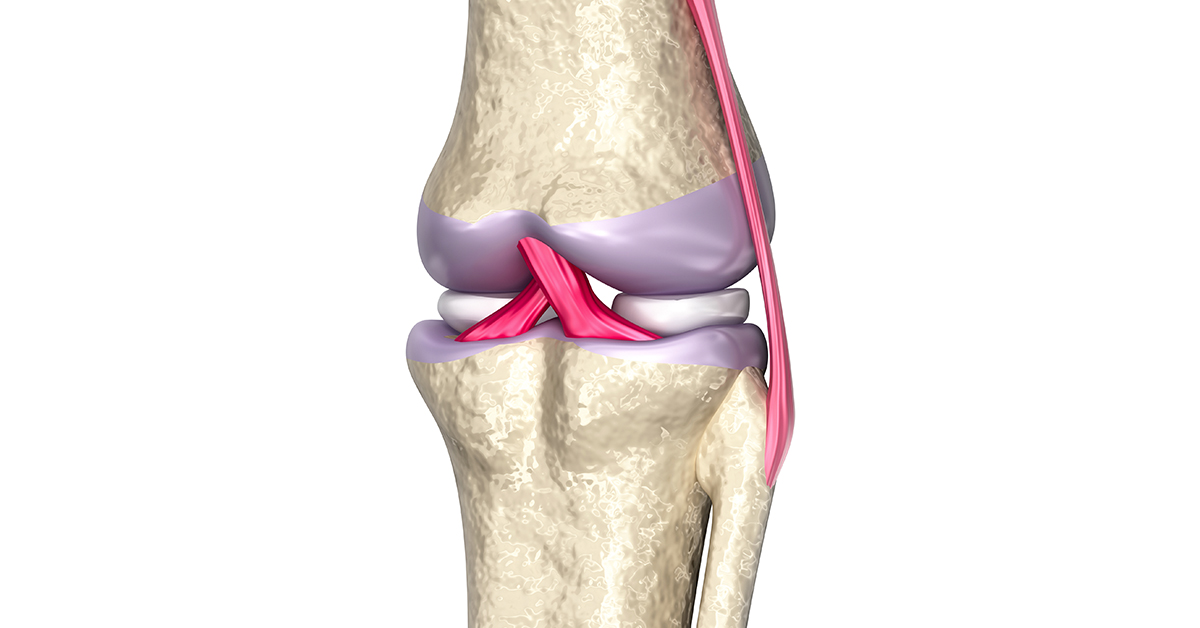
What is Cartilage Repair?
The cartilage that lines the bones within a joint is subject to constant wear and tear. As a result, articular cartilage can be worn off and patients can experience pain and reduced mobility. This warrants cartilage repair.
Who needs Cartilage Repair?
Cartilage repair is a procedure where the injured cartilage that is lining the bony surfaces within a joint are treated so that their function is restored and joint movements are normal again. The most common joint that is subject to cartilage repair is the knee joint. This is because it is under constant stress from a variety of activities that we perform and is also an important weight-bearing joint.
What are the steps in Cartilage Repair?
There are different kinds of ways that the cartilage can be repaired. Here are some of the common methods:
Cartilage debridement using arthroscopy
In this procedure, a small camera is inserted into the affected joint and the cartilage is repaired. Any loose bits of cartilage that may be floating around in the joint is washed out. This helps relieve pain and restore movement of the joint. However, this is not a permanent solution and further treatment as discussed below may be required.
Bone and cartilage grafts (osteochondral autograft or allograft)
Here, a small bit of bone and healthy cartilage is removed from one part of the joint and is placed in the area where the cartilage has worn off and the underlying bone has been destroyed. The grafts may be obtained from deceased donors as well.
Autologous Chondrocyte Implantation (ACI)
This is an advanced treatment option where healthy cartilage cells (chondrocytes) are extracted from the joint, grown in a laboratory into a larger number of cells and then reimplanted in the joint. The advantage of this procedure is that no cartilage or bone needs to be removed other than what is required to grow the cells. Culture of the cells can take up to 6 weeks and following implantation, the cells can take a few more weeks (sometimes even months to years) to grow and form new cartilage. Following the procedure, patients may be offered a course of physical therapy to help with rehabilitation.
Marrow stimulation
In this procedure, small holes are drilled into the cartilage until the bone just beneath the cartilage has been penetrated. Bleeding occurs as a result and a blood clot (marrow from the bone) is formed within this hole. It is believed that this blood contains chondrocytes that can help restore the cartilage. However, better results have been seen these days after blood that is obtained from the veins is injected into the joint after drilling is complete and the blood clot has formed. Studies are still being conducted to assess how effective this method is.
After Surgery
Patients who undergo cartilage repair usually require a period of rehabilitation before getting back the normal daily activities. Long-term outcomes are reasonably good and as long as care is taken, patients may not require repeat surgeries.



